It’s come around again, my most reviled night of the year. A bit of harmless dressing up in costume is fine – kids’ve loved to do so since time immemorial – but I detest the “trick or treat” nonsense that accompanies it. To paraphrase:
Bribe us with sweets to stop us doing something unpleasant
It’s akin to a junior Chicago mob protection racket:
Pay me or I’ll make you an offer you can’t refuse
The UK has recognized Halloween for ages, of course, and I’m distressed to learn that the practice of door to door visits seeking treats is not that recent; it was apparently part of an older-than-I-realized tradition called “guising” (after the disguise of the costumes?), recorded in Scotland as early as the 16th century. So, much as I might like to blame America for the import, it seems not entirely true.
I certainly do not remember any trick or treating from childhood, though, and that variation certainly is imported from the States and began surging in the 1980s. I say variation because guisers were supposed to perform some entertainment for their reward and the British tradition did not include any threats, veiled or otherwise.
It seems that the BBC agreed with my more recent assessment above and referred to trick or treat as “making demands with menaces”. The BBC also referred to “the Japanese knotweed of festivals” which, as a conservationist, I rather like.
The massive increase in prevalence in more recent years is naturally commercially driven; our shops have a vested interest in promoting the event to capitalize on the sale of pumpkins to be carved (what a waste of food) and costumes to dress the junior racketeers in, together with piles of sweets which the adults feel pressured into buying to bribe the rugrats to go away. I can imagine dentists rubbing their hands with glee, too. How about taking a leaf out of the ancient guising book and giving the kids healthy apples and/or nuts instead, which were originally traditional for the guisers’ Halloween parties. That tends not to go down too well now and it’ll cost you more but it might be worth a try.
Alternatively, simply go out (timing is critical) or just shut everything up, watch your favourite film with the volume down low – you should know it verbatim anyway – and the lights off and pretend you’re not in.
This year we chose the go out option … out to Spain, that is. Given the Spanish pleasantly low-key approach to that other fast-approaching commercial bonanza, Christmas, I was fully expecting to see no sign of Halloween at all. Not quite so. As in England, All Hallow’s Day is well understood in Spain. Whereas we now ignore it except for the blasted trick or treating, All Hallow’s Day is a long-standing religious festival in Spain. Most regrettably the beginnings of trick or treat seem to be sneaking their way into Spain, too, though. There, in some of the Spanish shops, were pumpkin masks and a few other items for the littlies.
This All Hallow’s Eve we were dropping our guests off at the airport for their return flight and called in en route to the colourful coastal town of Villajoyosa in search of a parting lunch. Chris fancied sardinas and picked a restaurant. We sat. When the waiter arrived it turned out to be an English run establishment. No matter, the folks were friendly and the food was fine. Accompanied by her father, a small Spanish child wearing a pumpkin mask wandered up and giggled at our waiter, who seemed to know several regulars.
After eating, we repaired to another establishment seeking a coffee and took seats in a strengthening breeze. This, too, turned out to be English run. We’d walked past a parade containing two Indian restaurants, a Chinese restaurant and an Italian restaurant between our English restaurant and English cafe. I was beginning to wonder if there were any Spanish establishments along the front. [Fear not, I think there are though bearing a Spanish name is clearly no indication.]
 In between restaurant and coffee searches, Francine had been playing photographically with the beach palm trees and colourful buildings using her favourite ICM (Intentional Camera Movement) technique. Such things are a bit of a lottery but results can improve with practice and she gets some very interesting images amongst the inevitable discards.
In between restaurant and coffee searches, Francine had been playing photographically with the beach palm trees and colourful buildings using her favourite ICM (Intentional Camera Movement) technique. Such things are a bit of a lottery but results can improve with practice and she gets some very interesting images amongst the inevitable discards.
Finally it was time to head for Alicante airport and our friends’ flight home. All went smoothly and we returned home where, happily, we remained undisturbed by any junior protection racketeers. 😀
I suppose trick-or-bloody-treat will inevitably gain in momentum in Spain. I don’t like it and, I’m glad to report, neither do some of the Spanish. It’s early days in Spain on the slippery slope towards Americanization but I was delighted to see the following posted on a Farcebook page:
En esta casa, no hay truco ó trato, hay buñeulos y huesos de santo.
Esta es Valladolid, no Wisconsin. Lo siento.
which I loosely translate as:
In this house we don’t have trick or treat, we have fritters and bones of saints. This is Valladolid, not Wisconsin. Sorry.
1st November, All Saint’s Day or All Hallows’ Day, is a Spanish public holiday with the shops closed and families flocking to church. The “bones of saints” referred to above are a traditional Spanish treat, filled marzipan tubes [they resemble bones] eaten on All Saint’s Day, along with the more readily understandable fritters.
So, the initially rather cryptic message is now clear:
Spain has its own religious traditions surrounding All Hallows’ and should proudly maintain them. Trick or treat has no place here and should remain in America.
Excellent! More power to them, say I. That, at least, seems to be in keeping with the spirit of the event, even to a Darwinist such as myself who doesn’t “do” religion.
It is, of course, far too late for the UK which is a lost cause.
 I tried stacking on a butterfly behind our property. Actually, this was unintentional – I had forgotten that stacking was activated. My butterfly was quite active, flitting wings frequently and crawling around a head of Red Valerian (Centranthus ruberso) so, having seen the stacking process begin, I was more than a little surprised not to get an error message. What I did get was what I can only describe as an error image. 🙂
I tried stacking on a butterfly behind our property. Actually, this was unintentional – I had forgotten that stacking was activated. My butterfly was quite active, flitting wings frequently and crawling around a head of Red Valerian (Centranthus ruberso) so, having seen the stacking process begin, I was more than a little surprised not to get an error message. What I did get was what I can only describe as an error image. 🙂 Realizing my mistake, I reset the camera functions and tried again. This is what the critter, a Painted Lady (Vanessa cardui), should look like. Actually, if you can catch a butterfly with its wings open there’s no benefit from a focus stack. Some species, though, tend to sit with their wings just half open, at 45°; then a stack could well be advantageous.
Realizing my mistake, I reset the camera functions and tried again. This is what the critter, a Painted Lady (Vanessa cardui), should look like. Actually, if you can catch a butterfly with its wings open there’s no benefit from a focus stack. Some species, though, tend to sit with their wings just half open, at 45°; then a stack could well be advantageous.


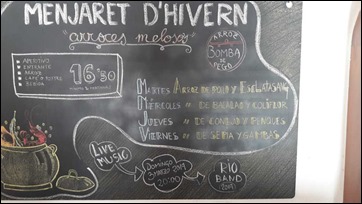
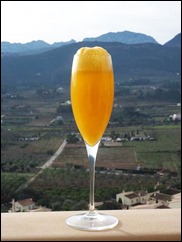
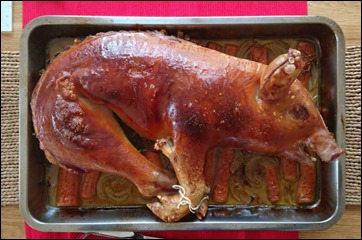
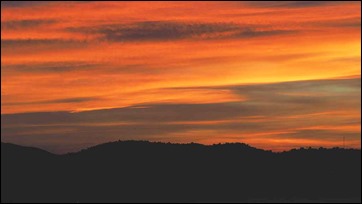

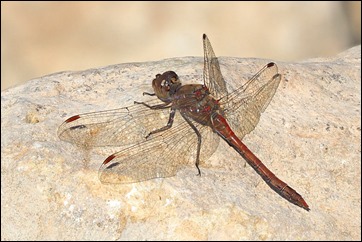
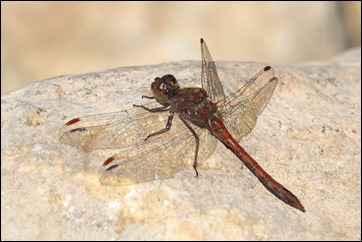





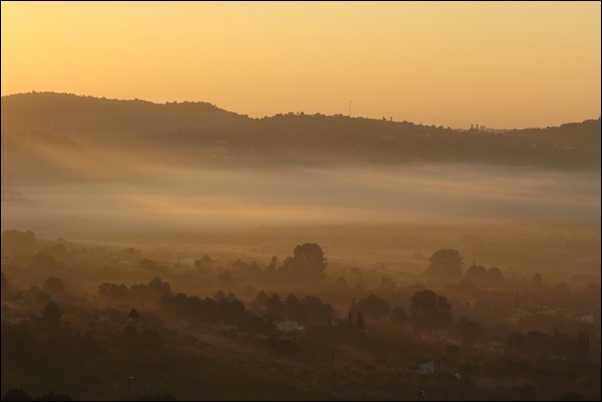
Recent Comments